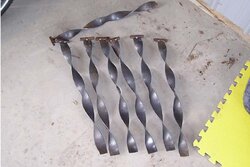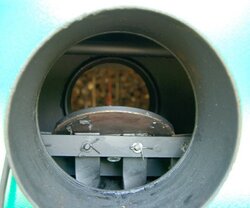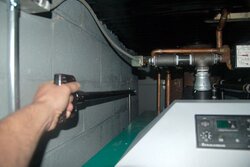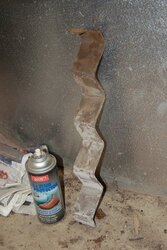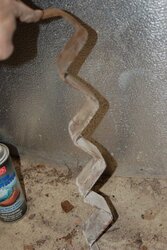I'm working on getting turbulators, and I have two questions for anyone who has them:
1) About how closely spaced are the twists? If you laid it on a flat surface, what would be the distance between the points where it touched?
2) How much clearance is there between the turbulator and the tube wall? Is it a pretty snug fit, or do they provide some clearance?
I could get a whole series of them with different twists and clearances and gather exhaustive test data, but life is way too short.
1) About how closely spaced are the twists? If you laid it on a flat surface, what would be the distance between the points where it touched?
2) How much clearance is there between the turbulator and the tube wall? Is it a pretty snug fit, or do they provide some clearance?
I could get a whole series of them with different twists and clearances and gather exhaustive test data, but life is way too short.


